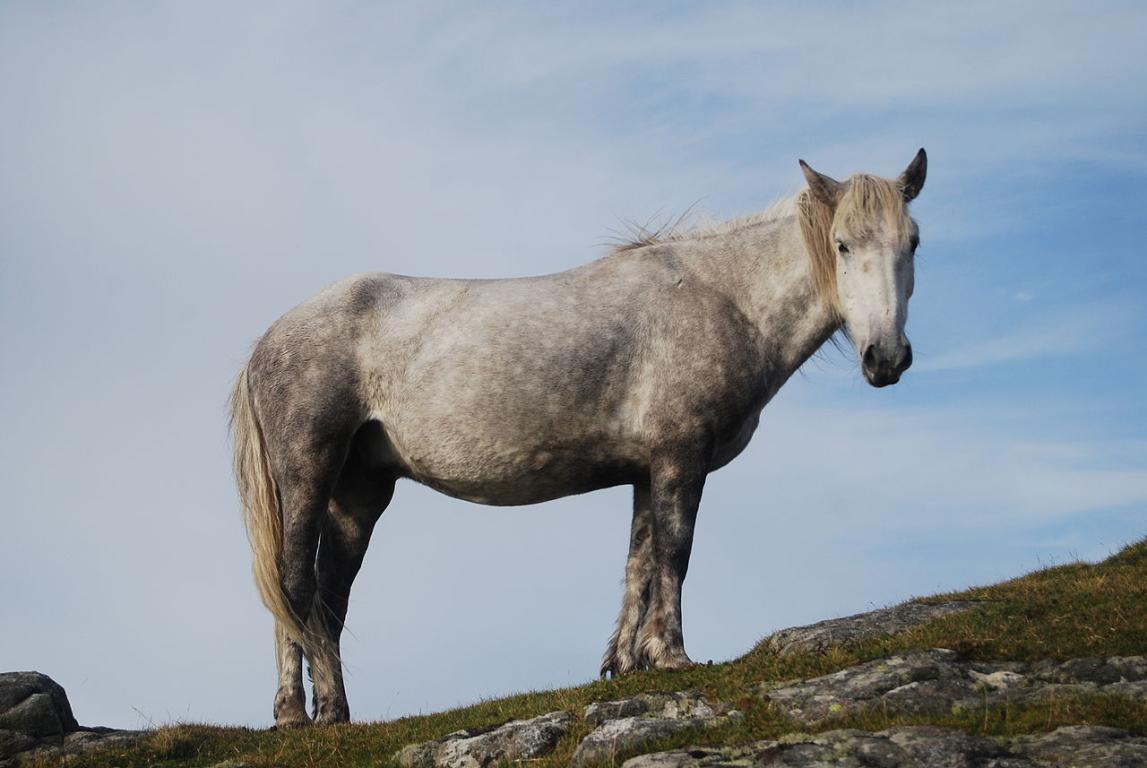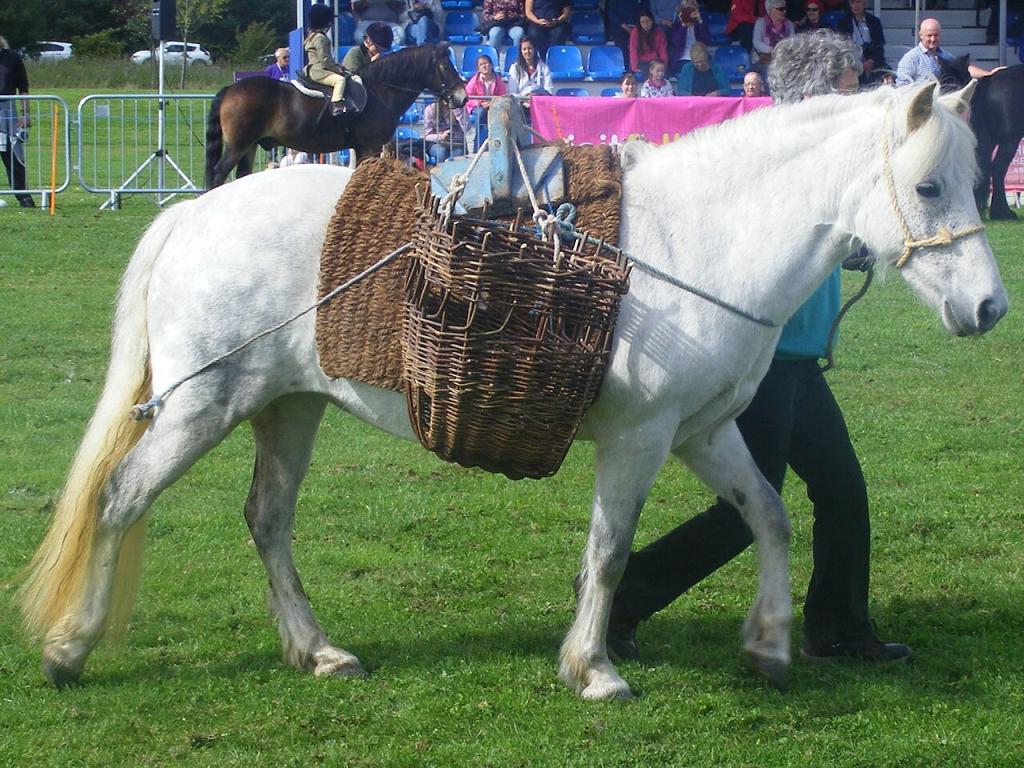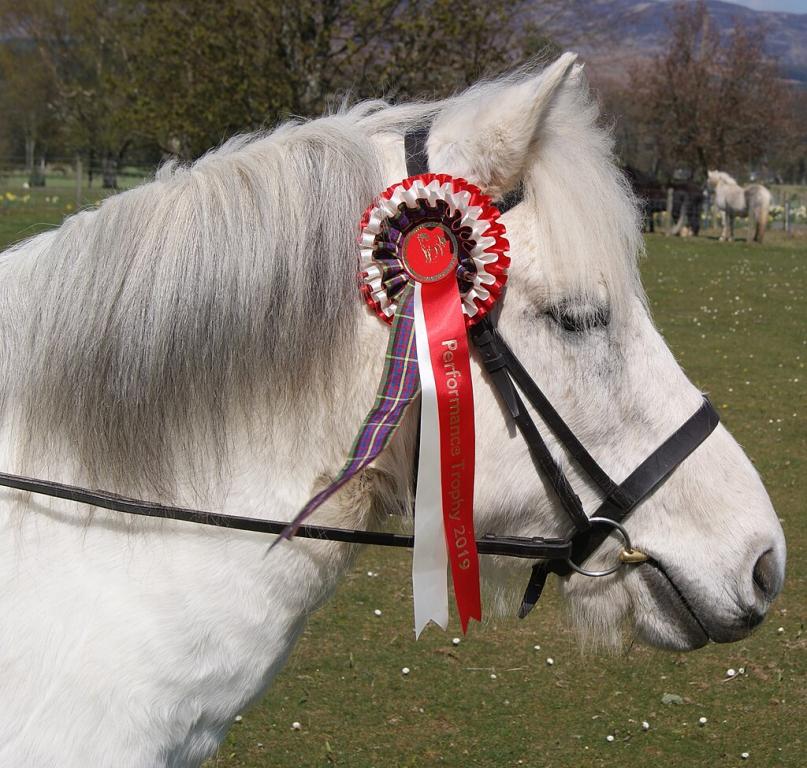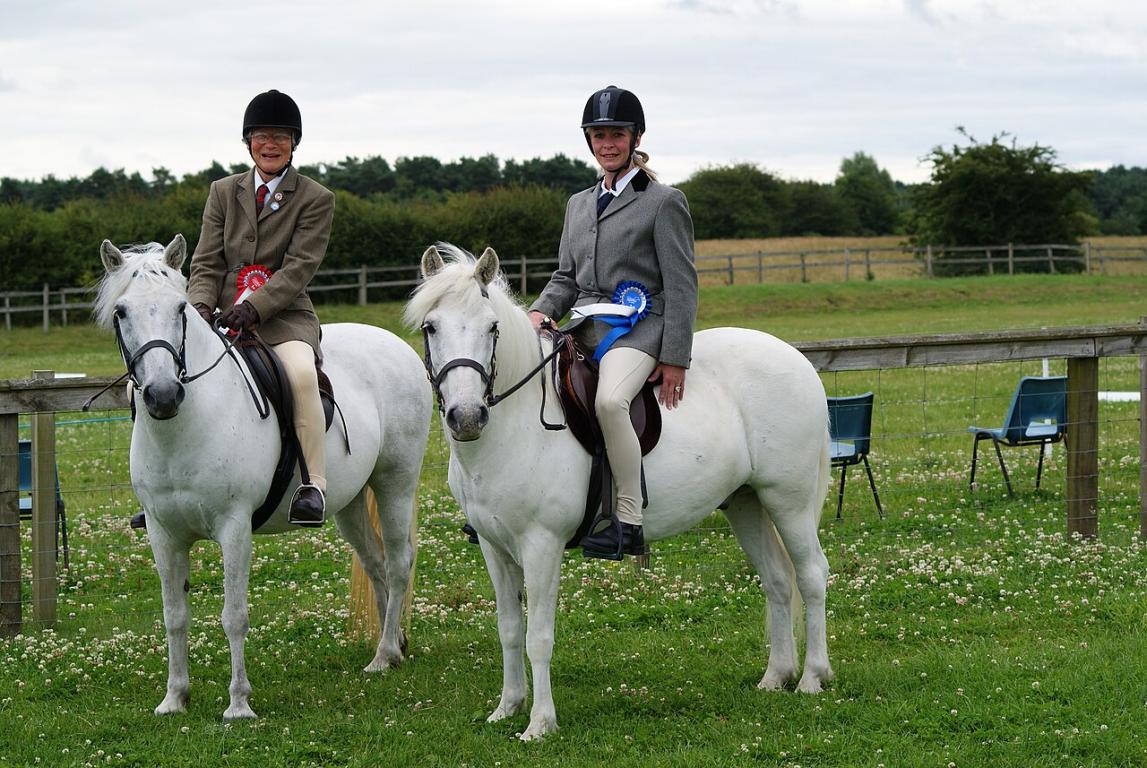
Continent: Europe
Country: United Kingdom
Weight: 300 – 400 kg
Height: 124 – 138 cm





The Eriskay pony originates from the island of Eriskay, located in the Outer Hebrides of Scotland. Thanks to its geographical isolation, it has preserved a lineage very close to the ancient Celtic island ponies that inhabited the region for centuries.
Its environment, shaped by windswept moorlands, rocky coasts, and a harsh climate, has forged an animal that is robust, weather-resistant, and perfectly adapted to island life.
The historical cradle of the Eriskay pony is found on the small island of Eriskay, in the Outer Hebrides of Scotland. It is there that the last “pure” individuals survived, isolated from the crossbreeding that transformed other Scottish equine populations.
Today, Eriskay pony breeding farms can be found in several regions of the Highlands and neighboring islands. These herds remain modest, often managed by enthusiasts or conservation associations, but they contribute to the spread and genetic safeguarding of the breed.
A few small herds have been established in the rest of the United Kingdom (England, mainland Scotland, Wales). Outside Great Britain, some individuals can occasionally be found in continental Europe, mainly with breeders specializing in endangered breeds.
Despite this extension, the population remains very small (around 400 registered individuals). Breeding areas are therefore limited and require careful management to avoid inbreeding. Scotland remains the living heart of the breed, where most of the preservation efforts are concentrated.
The Eriskay pony represents one of the last remnants of the primitive Celtic horses of the British Isles. Unlike other Scottish ponies that were heavily crossbred in the 19th century, the Eriskay has retained a very pure genetic makeup, little altered by outside influence. This makes it a unique genetic relic in Europe.
Despite its very small population, the breed retains valuable traits of genetic variability. These features help prevent excessive homogenization and ensure resilience against disease. Maintaining this diversity is essential within the framework of rare breed conservation programs.
The Eriskay’s genetics provide a unique case study for understanding the evolution of horses in the Celtic islands, their adaptation to harsh environments, and their role in local communities throughout history. Preserving the breed contributes not only to equine biodiversity but also to safeguarding Scottish cultural heritage.
As a hardy and resilient breed, the Eriskay can serve as a genetic reservoir to improve desirable qualities in other equine populations, such as:
These strengths make it potentially valuable in future breeding programs, especially for leisure horses or conservation projects.
The Eriskay pony descends directly from the Celtic ponies that inhabited Northwestern Europe since Antiquity. Established in the Outer Hebrides, it evolved in isolation, preserving very ancient characteristics adapted to island life.
For centuries, it was indispensable to the islanders as a pack animal, for light agricultural work, and as a mount for children. Its small size, hardiness, and docile temperament made it an everyday companion in a harsh environment.
In the 19th century, crossbreeding attempts with Clydesdales, Arabs, and Fjord ponies endangered the survival of the pure breed. By the 1970s, only about twenty individuals remained, bringing the breed to the brink of extinction.
The creation of Comann Each nan Eilean in 1972 marked the beginning of organized conservation, soon followed in 1986 by the foundation of The Eriskay Pony Society. These two organizations established official studbooks and controlled breeding programs to protect the genetic heritage.
Today, the Eriskay is recognized as the last native pony of the Hebrides. Its appearance recalls that of prehistoric horses depicted in cave art, making it a living heritage and a symbol of insular Scottish culture.
The Eriskay pony is renowned for its gentle and friendly nature. Calm and thoughtful, it is rarely nervous or aggressive, making it a safe companion for children and beginner riders.
Despite its small size, it possesses steady energy and good endurance. It is capable of performing a variety of tasks such as light driving, trail riding, TREC, and even small jumping or dressage competitions.
As a hardy pony closely connected to nature, the Eriskay thrives in a herd environment. It maintains stable and harmonious social relationships, showing great adaptability and strong social intelligence.
“The Eriskay pony combines the gentleness of a family companion with the hardiness of a true island survivor.”
The Eriskay pony is among the most endangered equine breeds in the United Kingdom. Its small population, estimated at around 400 individuals, requires constant genetic conservation efforts. Associations such as the Eriskay Pony Society and the Rare Breeds Survival Trust play a crucial role in its preservation.
Current efforts focus on:
To ensure its long-term survival, it is essential to develop new modern uses for the Eriskay:
The survival of the breed will largely depend on public awareness and the ability to attract new breeders. If promotion is successful, the Eriskay pony could become a symbol of successful conservation and serve as a model for other endangered equine breeds.
The Eriskay pony is recognized for its hardiness and longevity. Originating from a harsh island environment, it has developed a strong natural resistance to disease and adapts well to the difficult climate of the Hebrides.
Unlike some highly selected breeds, the Eriskay shows no major hereditary diseases known to date. However, the population, derived from a small founder base, is closely monitored to anticipate any risk of inbreeding and the possible emergence of related issues.
Even though the breed is healthy, certain aspects require particular attention:
The Eriskay pony often enjoys a long and active life, with many reaching 25 to 30 years. Its simple maintenance (hardiness, frugal diet, overall good health) contributes to its reputation as an easy-to-keep pony.